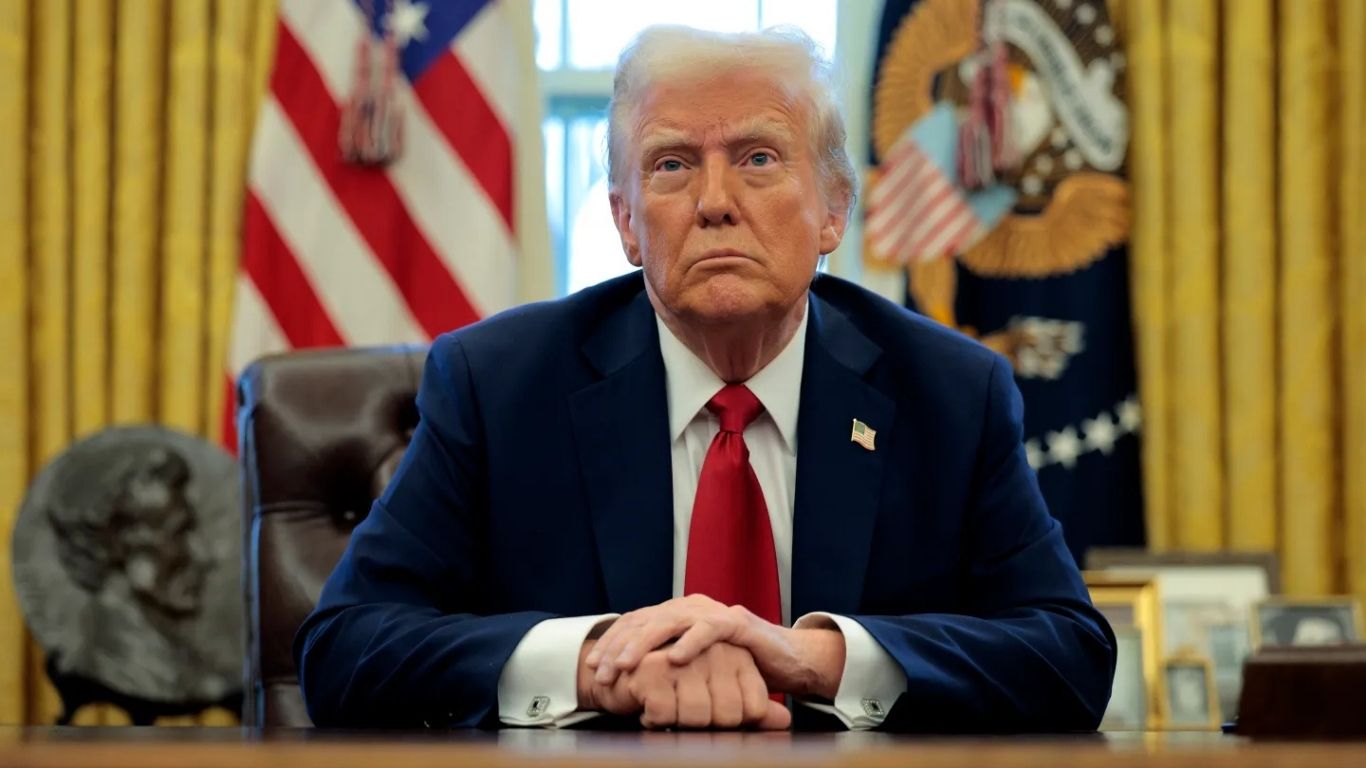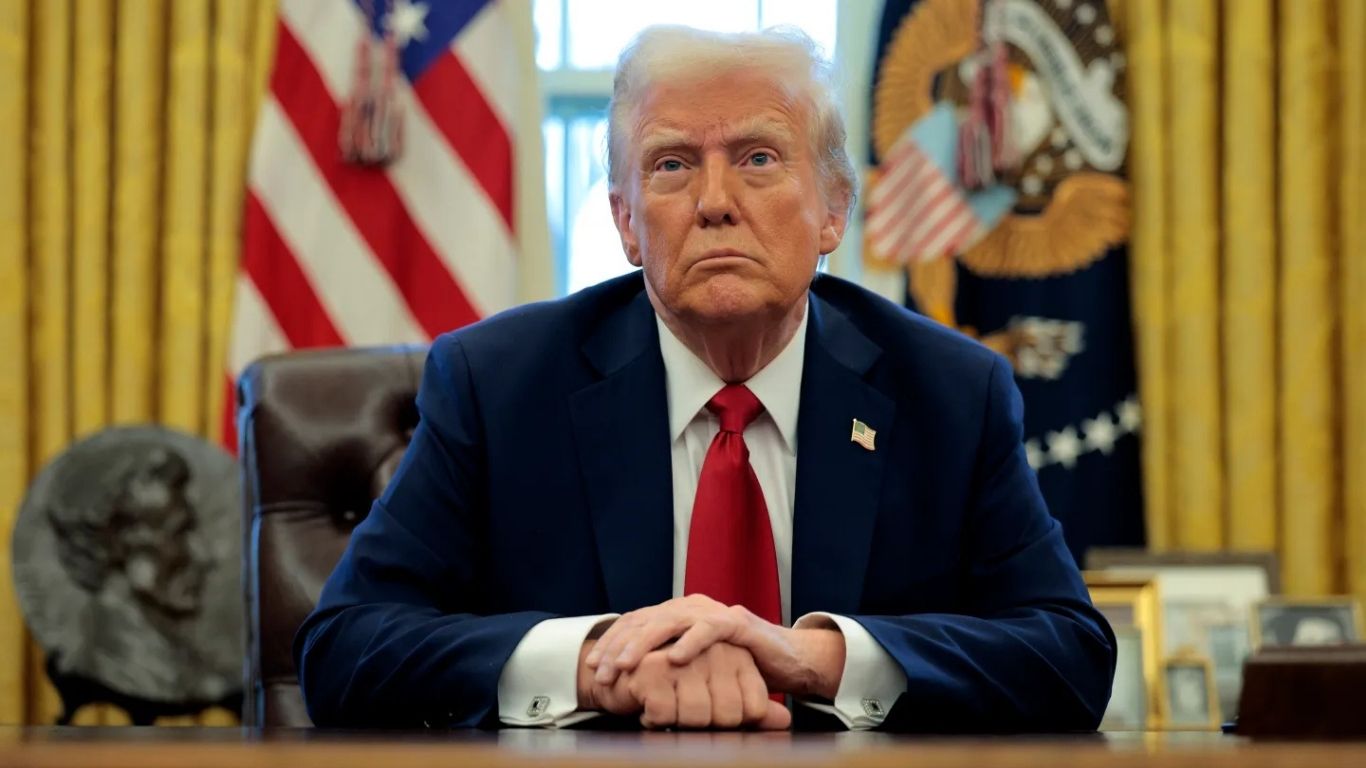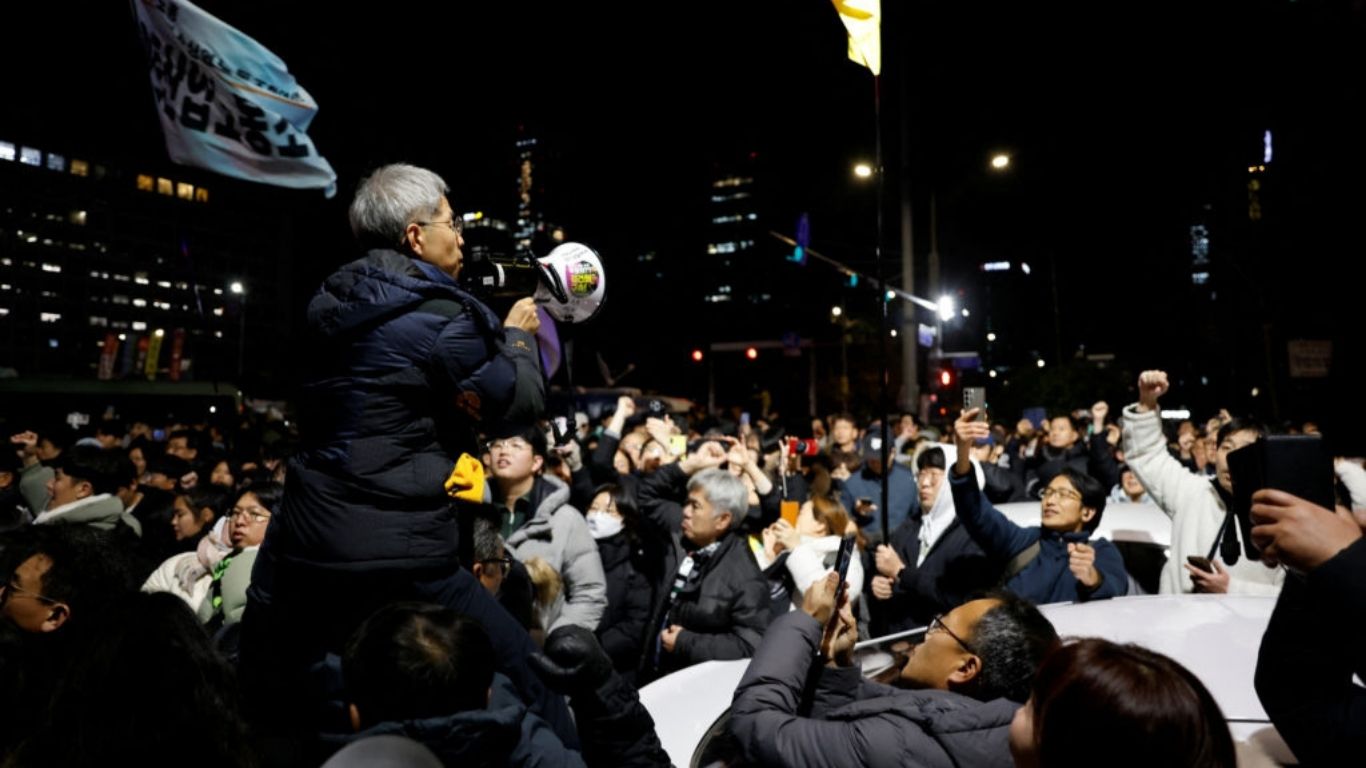The Ghost of Sanctions Past
To understand Syria’s present, one must confront the long shadow of sanctions that shaped its past. When Hafez al-Assad seized power in 1970, his socialist policies and Soviet leanings set the stage for decades of economic estrangement. By 1979, Syria’s designation as a state sponsor of terrorism (following clashes with U.S. interests in Lebanon) triggered strict U.S. sanctions.
Under these measures, Syria found itself ostracized—banned from defense sales, foreign aid, and dual-use exports. Yet, the ties between Syria and the U.S. ebbed and flowed. There were moments of thaw, such as Syria joining the U.S.-led coalition against Saddam Hussein in 1991, but those brief respites gave way to renewed tensions over support for Hamas and Islamic Jihad.
Fast forward to 2011, when Bashar al-Assad’s brutal suppression of protests set the stage for an unrelenting civil war. U.S. sanctions tightened further, targeting Syrian elites and cutting economic ties. By 2012, U.S.-Syria trade plummeted to a meager $60 million from $900 million in 2010.
A Change of Guard and Old Dilemmas
As 2024 ends, Syria stands at a crossroads. The country’s new leadership—headed by Hay’at Tahrir al-Sham (HTS), a controversial group with a complex history—is grappling with Western-imposed isolation. While the U.S. recently lifted a bounty on HTS leader Ahmed al-Sharaa (Abu Mohammed al-Jolani) in what appears to be an overture, HTS remains under sanctions as a designated terror group.
And here’s the kicker: even if the U.S. begins to thaw its stance toward HTS, the broader sanctions on Syria remain a labyrinth of restrictions. With decades of punitive measures woven into the global financial system, unraveling them would require more than a change in leadership.
Whispers of Engagement
There are murmurs of Western governments reevaluating their approach, but these are tentative at best. Syria’s economy—a shadow of its former self—is heavily reliant on informal networks and regional allies. Sanctions relief, if it comes, will likely prioritize humanitarian channels over broad economic rehabilitation.
Still, history cautions against optimism. Sanctions regimes have a stubborn way of outliving their usefulness, especially when political will wanes. A recent example? U.S. sanctions waivers granted to develop oil fields in Kurdish-controlled northeastern Syria fizzled out, yielding little benefit.
The Heavy Hand of Secondary Sanctions on Syria
When the Syrian civil war erupted, the U.S. introduced secondary sanctions, extending the punitive measures to any entity or nation that dared engage with sanctioned Syrian organizations. This move sent a chilling message: “Do business with Syria, and you might lose access to the U.S. dollar—a cornerstone of global trade.”
For Bashar al-Assad’s government, these sanctions became a stranglehold. Even as Assad regained control over two-thirds of the country, the regime remained locked in isolation. Notably, Gulf states, long-time U.S. trade partners and heavy investors in the American economy, hesitated to pour funds into Syria’s reconstruction. The use of the dollar to trade oil further entrenched this reluctance.
Missed Opportunities for Recovery
China’s Belt and Road Initiative (BRI) seemed like a lifeline for Syria. The ambitious infrastructure project welcomed Syria in 2021, promising development that could rebuild the nation’s ravaged cities and highways. Yet, U.S. sanctions cast a long shadow, discouraging meaningful Chinese investments. Analysts say Syria’s association with the BRI yielded little financial support, leaving its infrastructure dreams in limbo.
One of the most debilitating sanctions targeted Syria’s Central Bank. Imposed in 2011 and bolstered by the 2019 Caesar Syria Civilian Protection Act, these measures effectively cut the regime off from international financial systems. The Caesar Act, named after a Syrian military photographer who exposed harrowing evidence of war crimes, underscored the severity of U.S. sanctions. It wasn’t just about economics—it was a direct condemnation of Assad’s atrocities.
Will Sanctions Ease?
As 2025 unfolds, there’s a growing push from rights groups and aid organizations to expand humanitarian assistance in Syria, where 90% of the population lives in poverty. Turkey, with its close ties to Hay’at Tahrir al-Sham (HTS), sees potential economic benefits in Syria’s reconstruction.
The oil-rich Gulf states, including the UAE, Qatar, and Saudi Arabia, are also eyeing opportunities. Positioned at the heart of the Levant, Syria remains geopolitically significant, especially as Iran’s influence wanes. The Gulf Cooperation Council recently called for lifting sanctions to support the “brotherly Syrian people,” reflecting a regional interest in bringing Syria back into the fold.
Business Before Politics?
Interestingly, some American policymakers have floated the idea of a post-Assad Syria as a land of opportunity. Republican Congressman Joe Wilson, a prominent advocate of recent Syria sanctions, quipped in December about the possibility of a “Trump Tower in Damascus.” For Wilson, private and commercial investment could fuel Syria’s $400 billion reconstruction—a vision shared by many in humanitarian and business circles.
Yet, before glitzy skyscrapers can redefine Damascus’s skyline, the intricate web of sanctions must be untangled. Until then, Syria’s economy remains shackled, unable to tap global financial systems or access Western goods essential for rebuilding a nation.




